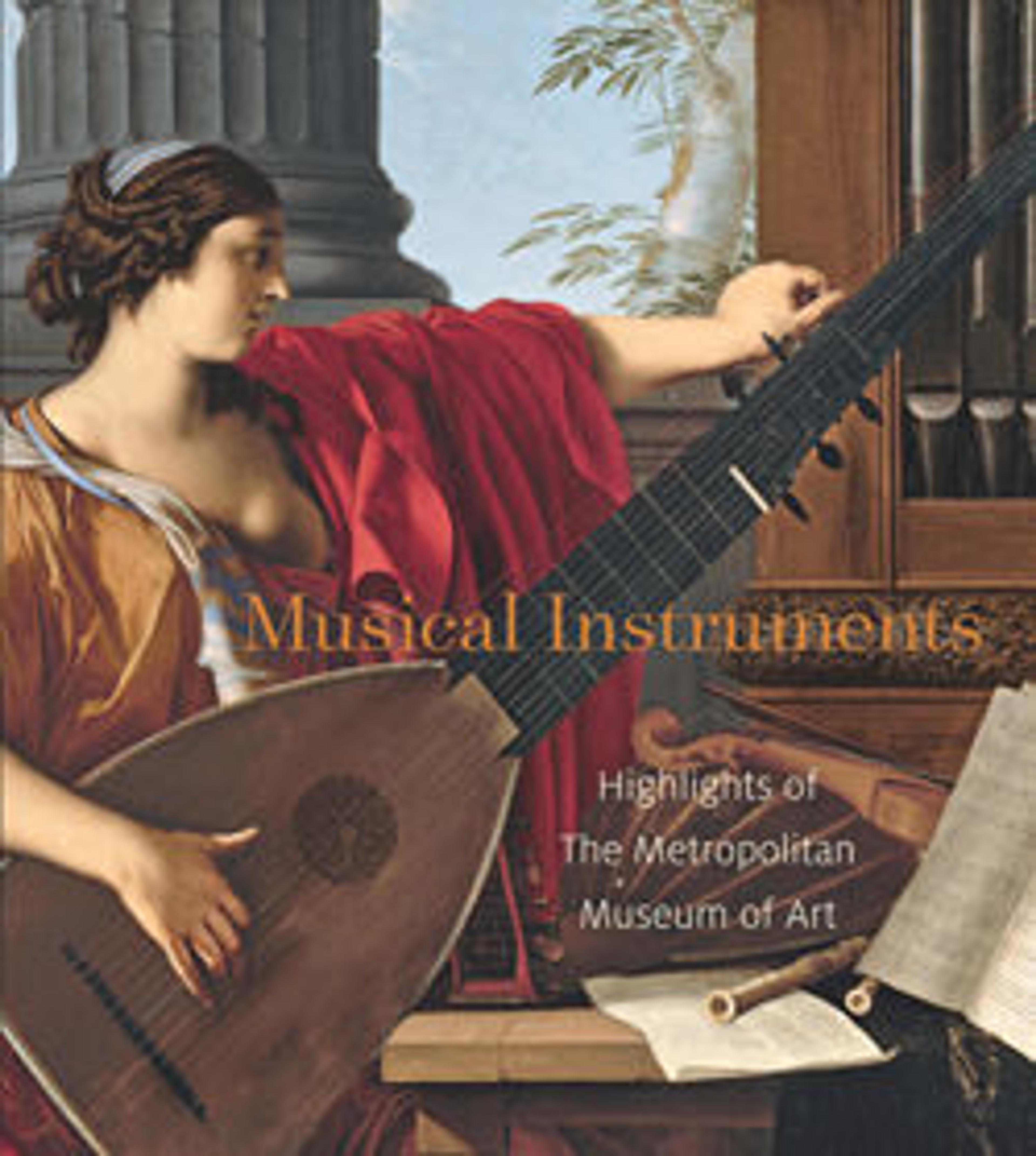Drum
Artwork Details
- Title:Drum
- Artist:Nasca artist(s)
- Date:100–400 CE
- Geography:Peru, South Coast
- Culture:Nasca
- Medium:Ceramic, slip
- Dimensions:H.17 3/4 x Diam. 10 in. (45.1 x 25.4 cm)
- Classification:Ceramics-Musical Instruments
- Credit Line:The Michael C. Rockefeller Memorial Collection, Gift of Mr. and Mrs. Raymond Wielgus, 1964
- Object Number:1978.412.111
- Curatorial Department: The Michael C. Rockefeller Wing
Audio

1623. Tambor, artista(s) nasca
Benjamin Alberti y Brus Rubio Churay
JOSÉ MARÍA YAZPIK (NARRADOR): Hace casi dos milenios, el sonido de este espectacular tambor pudo haber resonado en el desierto costero del sur de Perú. Benjamin Alberti, Framingham State University.
BENJAMIN ALBERTI: Es muy fácil ver estos materiales sobre todo material como el tambor Nazca… son tan… Maravillosos, no? Que son tan interesantes, que parecen arte. Puede ser que sea un deidad, puede ser que sea un héroe cultural.
JOSÉ MARÍA YAZPIK: Este tambor está modelado y pintado a modo de un ser fantástico, que combina y encarna representaciones de animales poderosos: serpientes y orcas o tiburones.
BENJAMIN ALBERTI: Lo que nos interesa, es pensar en la imagen, no como una representación, sino como una cosa más funcional, casi. Como una cosa que está diseñada a hacer algo, no ser una pictura. Entonces, es una presentación de una figura, más que una representación. La figura en sí, existe en el tambor. No es una copia de una figura, de una deidad que no existe ahora acá. Existe en el tambor.
JOSÉ MARÍA YAZPIK: Tocar un instrumento de este tipo podría haber activado esos poderes, pero también presentaban algunos riesgos.
BENJAMIN ALBERTI: El objeto en sí actuaba. Entonces como ves los ojos te están mirando, y no es una representación de mirar. El tambor te está mirando con los ojos de tiburón o de lo que sea. Entonces tiene ese impacto sobre el público. No es que es un objeto en sí que no tiene poderes, ¿no?
JOSÉ MARÍA YAZPIK: El sonido de los instrumentos de percusión tiene un significado particular en la comunidad de Pucaurquillo, Loreto, Perú, residencia de Brus Rubio Churay, artista Bora-Murui.
BRUS RUBIO CHURAY: El manguare es un instrumento de percusión que es bastante vibrador a kilómetros, a kilómetros, a kilómetros. Entonces. Ese instrumento sirve de. Para reunirnos. Para avisar que alguien se ha errado. Y también para tocar cuando se está haciendo, cocinando o cuando se está haciendo los elementos sagrados.
Cuando tu toca el manguare al tocar, vibra. Pero al mismo tiempo la sabiduría de tu pensamiento se sensibiliza. Es porque estás en ese proceso conectándote o relacionándote con la misma naturaleza.
Al tocar. O darle la voz. Se hacen más nítido las imágenes de estos seres sagrados. En tu mente. Y es por eso. Están puesto ahí como en los ojos. Aquí todo es transformación.
More Artwork
Research Resources
The Met provides unparalleled resources for research and welcomes an international community of students and scholars. The Met's Open Access API is where creators and researchers can connect to the The Met collection. Open Access data and public domain images are available for unrestricted commercial and noncommercial use without permission or fee.
To request images under copyright and other restrictions, please use this Image Request form.
Feedback
We continue to research and examine historical and cultural context for objects in The Met collection. If you have comments or questions about this object record, please contact us using the form below. The Museum looks forward to receiving your comments.
